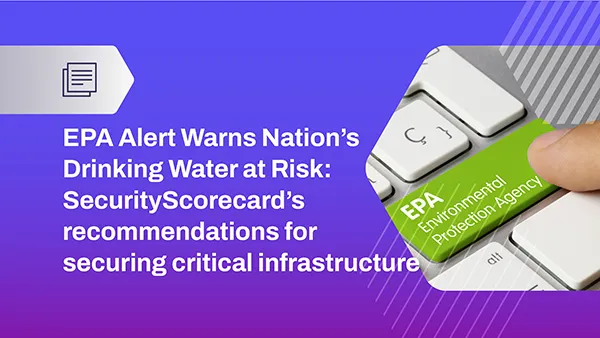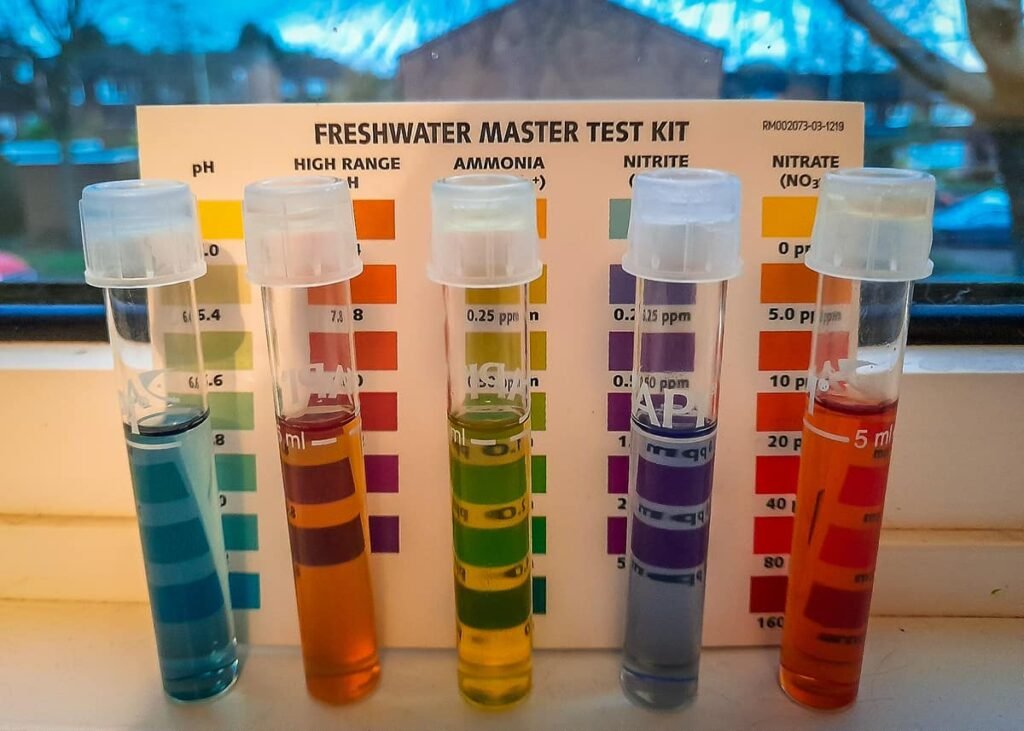A nationwide drinking water warning has just been issued, and it’s causing waves of concern across the country. With taps running dry in some areas and uncertainty looming over others, people are left wondering how safe their water really is. Are those refreshing gulps from your kitchen faucet putting your health at risk? As communities scramble to understand the implications, it’s crucial to stay informed about what this warning means for you and your family. Let’s dive into the details behind this alarming announcement and explore everything you need to know to keep yourself safe during this unsettling time.
What Caused the Nationwide Warning?
Recent events have escalated concerns about the safety of drinking water across the nation. A significant cybersecurity breach targeting municipal water systems has raised alarms.
Hackers gained unauthorized access to sensitive control systems that regulate water purification and distribution. This intrusion compromised not only data but also the integrity of water supplies in various regions.
As a result, officials issued warnings to ensure residents are aware of potential contamination risks. The situation underscores vulnerabilities within critical infrastructure.
In many areas, tests revealed unusual chemical levels or contaminants that could pose health risks if ingested over time. Communities are urged to remain vigilant as investigators work diligently to assess and mitigate these threats.
The urgency lies in restoring public trust while ensuring a safe supply of clean drinking water for everyone affected by this alarming incident.
Addressing the Cybersecurity Threat

The recent drinking water warning issued nationwide has its roots in a serious cybersecurity threat. Hackers targeting public utilities have become alarmingly common, and the implications are dire.
Cyberattacks can manipulate water treatment processes, leading to contamination or disruptions. The potential for large-scale harm raises urgent concerns among officials and citizens alike.
To combat this growing issue, many municipalities are investing in robust cybersecurity measures. This includes advanced monitoring systems and regular audits of their digital infrastructures.
Educating staff on security protocols is equally crucial. Employees must be aware of phishing attempts and other tactics used by cybercriminals to gain access.
Communities must stay informed about their local water management’s efforts to safeguard against these threats. Transparency from authorities will foster trust as residents navigate these uncertain times together.
Possible Impacts to Consider
The nationwide drinking water warning has raised significant concerns for communities across the country. Contaminated water supplies can lead to serious health issues, including gastrointestinal illnesses and long-term complications.
Vulnerable populations, such as children and the elderly, are at higher risk. Even minor contamination can pose major threats to their health.
Economic impacts also loom large. Businesses relying on clean water may face operational challenges or closures if they cannot ensure safety for employees and customers.
Public trust in local utilities is shaken too. Residents may become increasingly wary of consuming tap water, opting instead for bottled alternatives which could strain budgets.
Environmental factors shouldn’t be overlooked either. Polluted sources can affect ecosystems downstream, leading to broader ecological consequences that ripple through communities over time. Each of these aspects highlights the urgency of addressing this issue effectively.
Government Actions and Responses
In response to the nationwide drinking water warning, government agencies have mobilized swiftly. Local and federal leaders are coordinating efforts to assess the situation.
The Environmental Protection Agency (EPA) is conducting widespread testing of municipal water systems. They aim to identify potential contaminants and ensure compliance with safety standards.
State governments are issuing alerts, providing guidance for residents on how to stay safe. Many officials are urging communities to conserve water until further notice.
Public health departments are setting up hotlines for citizens seeking information or reporting concerns about their water supply. Educational campaigns are also being launched across various platforms.
Funding has been allocated for emergency measures aimed at protecting vulnerable populations. This includes support for low-income households who may struggle with purchasing bottled water during this crisis.
Collaboration between state and local authorities is crucial as they navigate these challenges together, prioritizing public safety above all else.
How to Check Your Local Water Quality

Checking your local water quality is essential for ensuring safety. Start by contacting your local water utility. They often provide annual water quality reports, detailing contaminants and overall health standards.
Next, consider testing kits available at hardware stores. These kits can analyze various substances like bacteria, lead, and chlorine levels in your tap water. It’s a straightforward method to gain insight into what you’re consuming.
Digital resources are also valuable tools. Websites like the Environmental Protection Agency (EPA) allow residents to access information about their specific area’s water quality status.
Don’t overlook community forums or social media groups focused on environmental issues in your region. Residents often share personal experiences and findings that can guide you toward safer practices regarding drinking water.
If you’re still unsure about the results, consult with a professional lab for comprehensive analysis tailored to your concerns.
Steps You Can Take to Ensure Water Safety
To ensure your drinking water is safe, start with proper storage. Use clean, food-grade containers to store water and avoid plastic bottles that can leach chemicals.
Regularly inspect your plumbing for leaks or corrosion. Old pipes can contaminate your supply. If you suspect issues, consider professional testing.
Invest in a quality water filter certified to remove contaminants. This extra layer of protection can be crucial in uncertain times.
Stay informed about local advisories regarding water quality changes or alerts from health departments. Knowledge is power when it comes to protecting yourself and your family.
Educate those around you on the importance of water safety practices. Community awareness fosters proactive measures that benefit everyone’s health and well-being.
Conclusion
The nationwide drinking water warning has raised significant concerns across the country. As many grapple with this unsettling news, it’s essential to remain informed and proactive. Understanding the causes behind the warning, particularly regarding cybersecurity threats, is crucial for navigating these uncertain times.
Government entities are working diligently to address any vulnerabilities in our water supply systems. Meanwhile, local communities can take steps to ensure their own water safety by monitoring quality reports and staying updated on any advisories issued by health departments.
By making informed choices and employing simple preventive measures at home, individuals can better protect themselves and their families from potential risks associated with contaminated water sources. Always prioritize your health and stay vigilant during this ongoing situation; information is your best ally in safeguarding against unexpected dangers that may arise from a nationwide drinking water alert.

